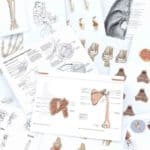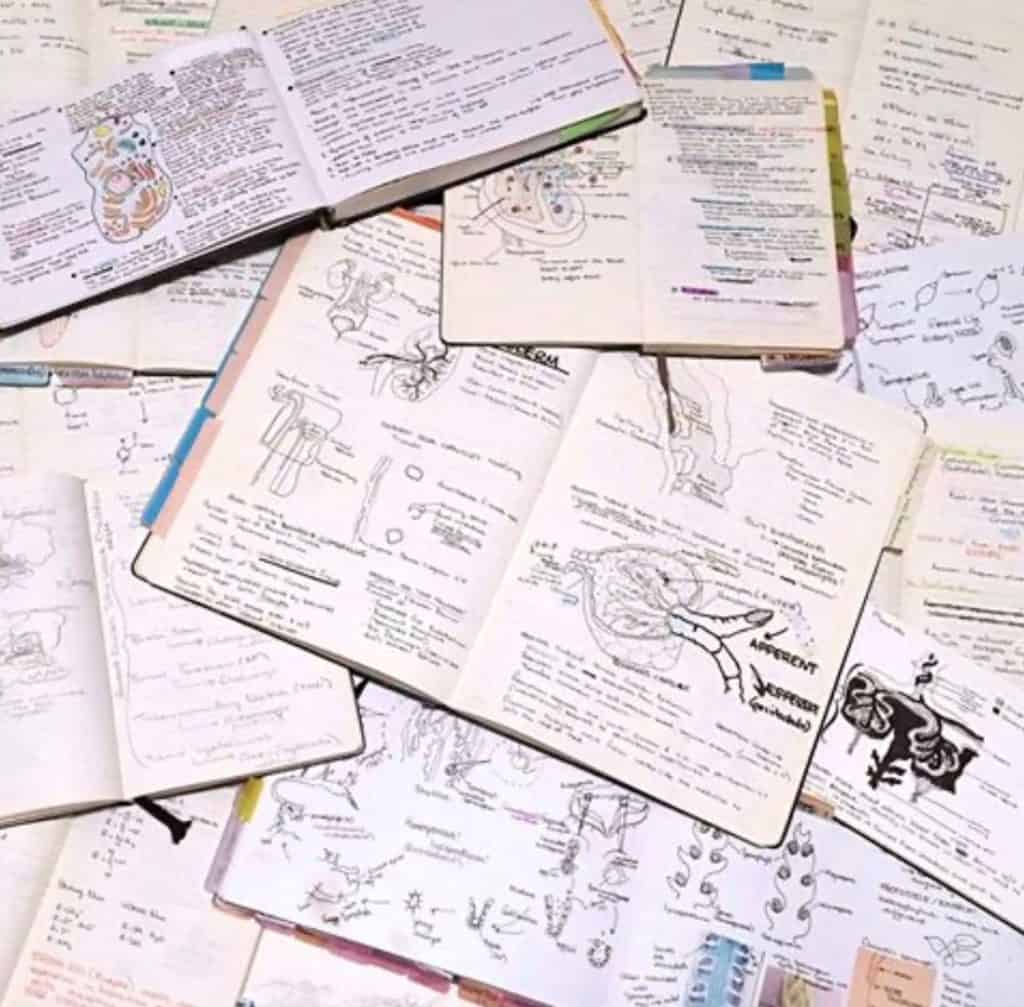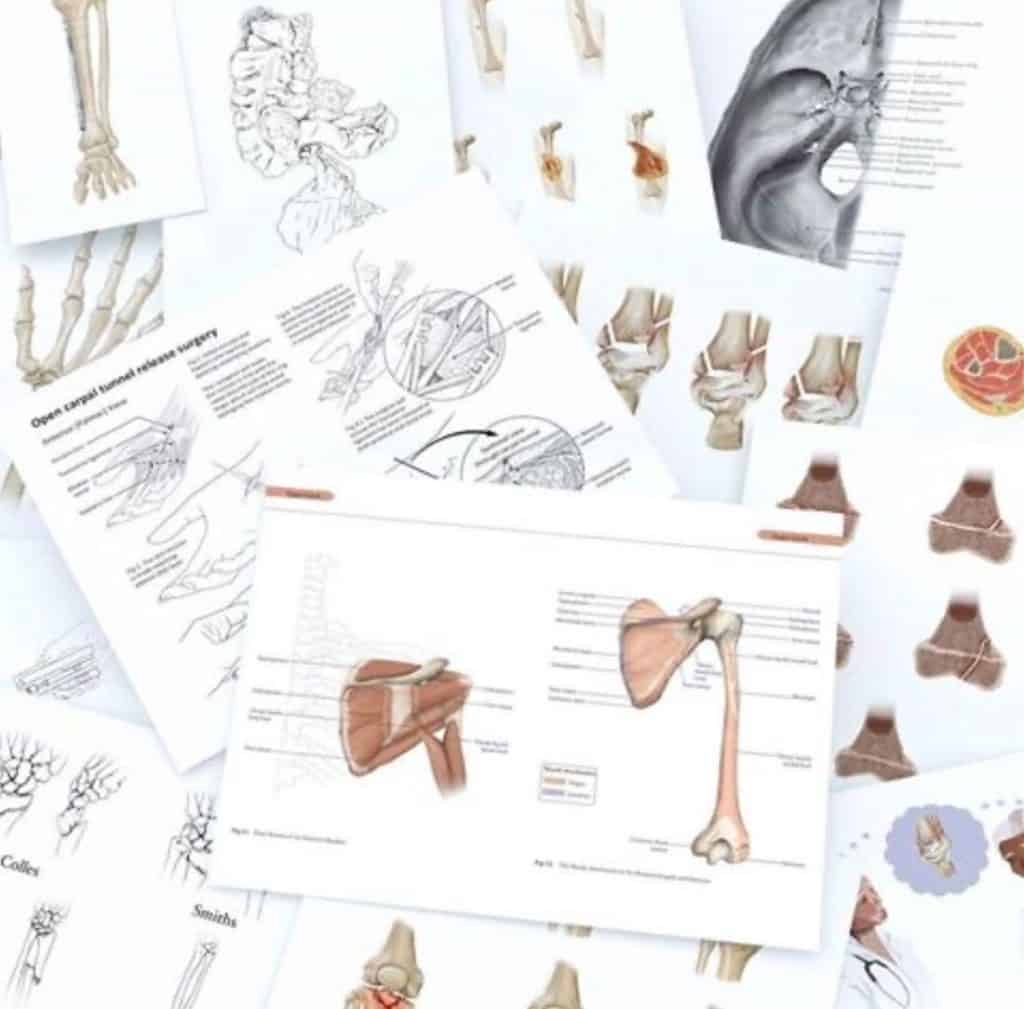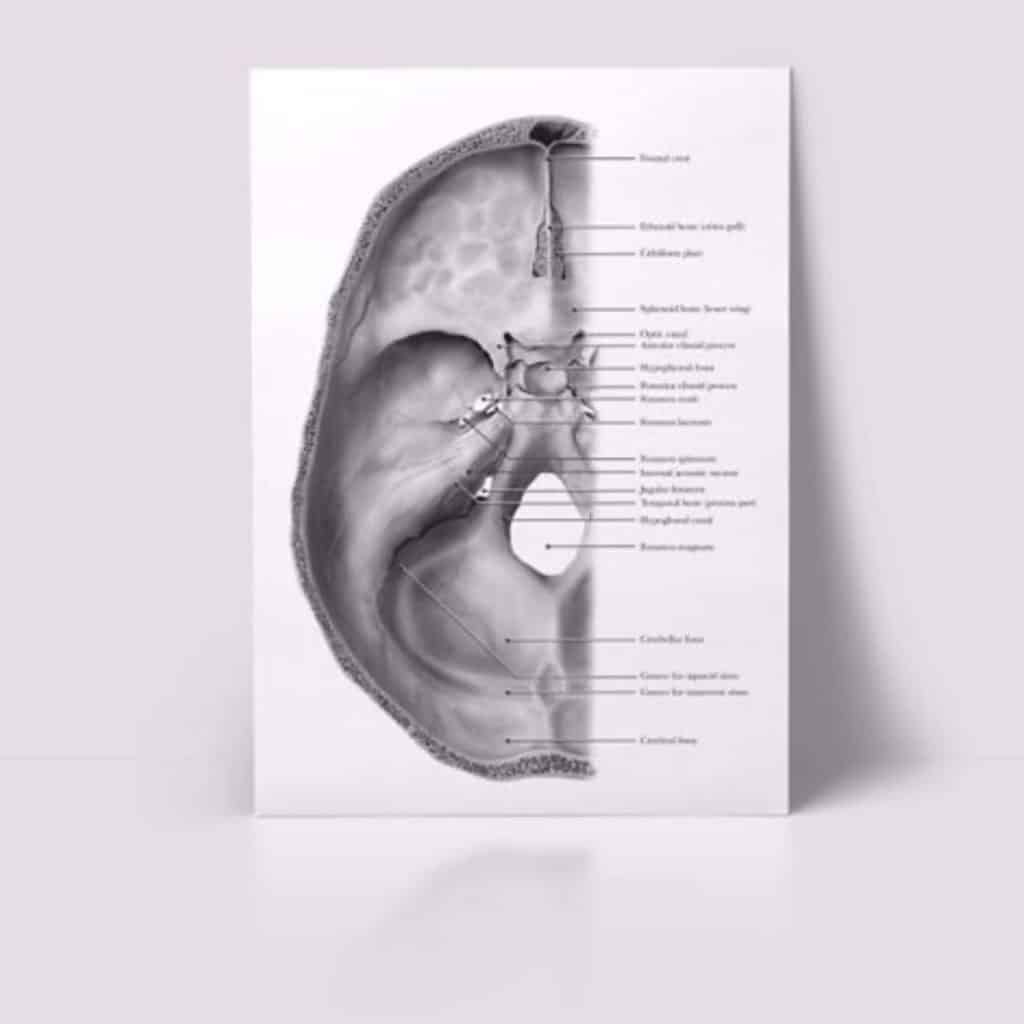By Stefanie Kuzmiski
The scientific method comes with a certain vocabulary. For example, it prioritizes objectivity, research, impartiality and rationality. These terms seem to be an awkward fit in the world of contemporary arts and culture, which tends instead to value ideas like multiplicity, plurality, and a destabilization of dominant conceptual frameworks.
In his well-known “Two Cultures” essay of 1959, the English novelist and chemist C.P. Snow argued that it is the separation of these cultures—sciences, and what he called the humanities—that is the major obstacle to solving the world’s problems. Snow thought this gap would be bridged by a “third culture” of scientists and literary intellectuals communicating and working together.
For the most part, this has not happened. The arts and sciences still often operate at a remove from each other. But medical artists help to narrow this gap.
As medical artists, we have the privilege of drawing together multiple perspectives. We are tasked with communicating ideas and teaching by using visual representations—through the creation of pictures, infographics or animations. Our work is to take scientific concepts and produce pieces of art that are both informative and visually interesting. But we are also in a position to unite the different values and ideologies of the sciences and the arts.
We are not only artists or scientists; we are also teachers. It is important for us to look to the arts as well as the sciences to inform our work. Medicine is laden with a history of objectification and dehumanization of its patients, who have often been treated as test subjects rather than individuals. In our current moment, biases continue to manifest themselves in medical illustration. The best art is art that seeks to be inclusive. The best science strives to be the same.
Medical art should aspire to humanize its content. There are traditional aspects of the arts that are invaluable to research. Valuing social commentary means artists are more likely to integrate wide-ranging cultural issues or take up lines of inquiry that are devalued by others. The development of new and increasingly prominent forms of communication and dissemination (such as the increasing prominence of telecommunications and our culture’s constant access to stores of online information) could help to bring scientific knowledge to a wider audience. Taking into account the larger social influence medical illustrators can have, it is exciting to have the opportunity to create educational content that is at once scientifically accurate and socially conscious.
Often, it is the unseen world that draws people to the sciences. Science offers a rulebook for finding answers to the world and how it works, and laying down the framework for our understanding of the universe. The profession of medical art is an extension of this desire for discovery. By collaborating with scientists and physicians, we give conceptual ideas a more grounded, visual context and, hopefully, make those concepts more accessible to a wider audience. We must balance the information we are communicating with the most effective and humane ways to communicate it. In this way, medical artists can both focus on patient education, and contribute to academic research.
Stefanie Joelle Kuzmiski, BSc, MSc, CMI, is a board-certified medical illustrator who specializes in visualizing unseen worlds. Check out her work through her website.



